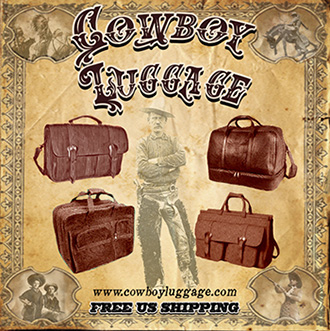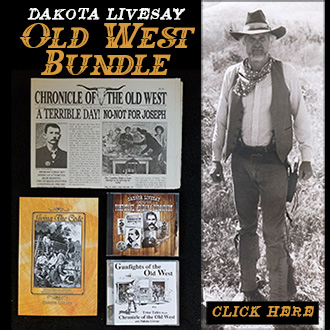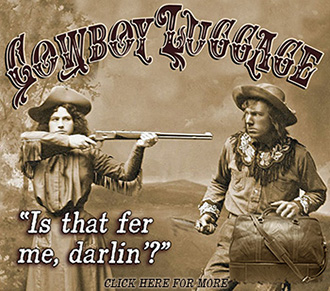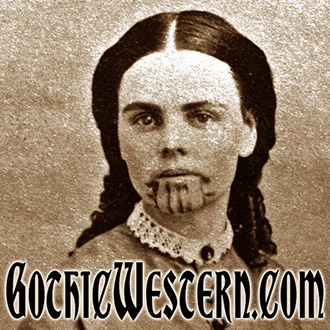Lone Survivor Of Little Big Horn
 Following George Custer’s defeat at the Little Big Horn the military was looking for a bright spot. That bright spot was the lone survivor on the battlefield, Comanche. Now, I said Comanche, not a Comanche. For Comanche was the name of Captain Myles Keogh’s horse. Let me explain.
Following George Custer’s defeat at the Little Big Horn the military was looking for a bright spot. That bright spot was the lone survivor on the battlefield, Comanche. Now, I said Comanche, not a Comanche. For Comanche was the name of Captain Myles Keogh’s horse. Let me explain.It all started on April 3, 1868 when the army purchased a 15-hand bay gelding. The horse was taken to Fort Leavenworth and received a “US” brand. Captain Keogh, looking for a backup mount, bought the horse for $90.
In September of 1868, Captain Keogh was involved in the Sand Hills battle with Comanche Indians. Keogh rode his backup mount during the battle. The horse was shot with an arrow in the right hindquarter, but showed no signs of the injury, which wasn’t discovered until after the battle. Keogh immediately made his backup horse; his primarily mount, and named him “Comanche.”
Keogh rode Comanche until the Battle of the Little Big Horn where he was killed. Following the battle, Comanche was found casually drinking water from the Little Bighorn River. He had seven wounds.
The Indians had either killed or taken all the military horses, but not Comanche. The reason was that during the battle Keogh had dismounted, holding the reigns in one hand as he shot his pistol with the other. When Keogh was killed he maintained a hold on the reigns. And no Indian would take the horse when a dead man was holding it.

Becoming a symbol of the men who had fallen, Comanche was retired and spent time at various military posts, until his death at the age of 29. He was then stuffed and put on display at the University of Kansas.





Leave a Reply